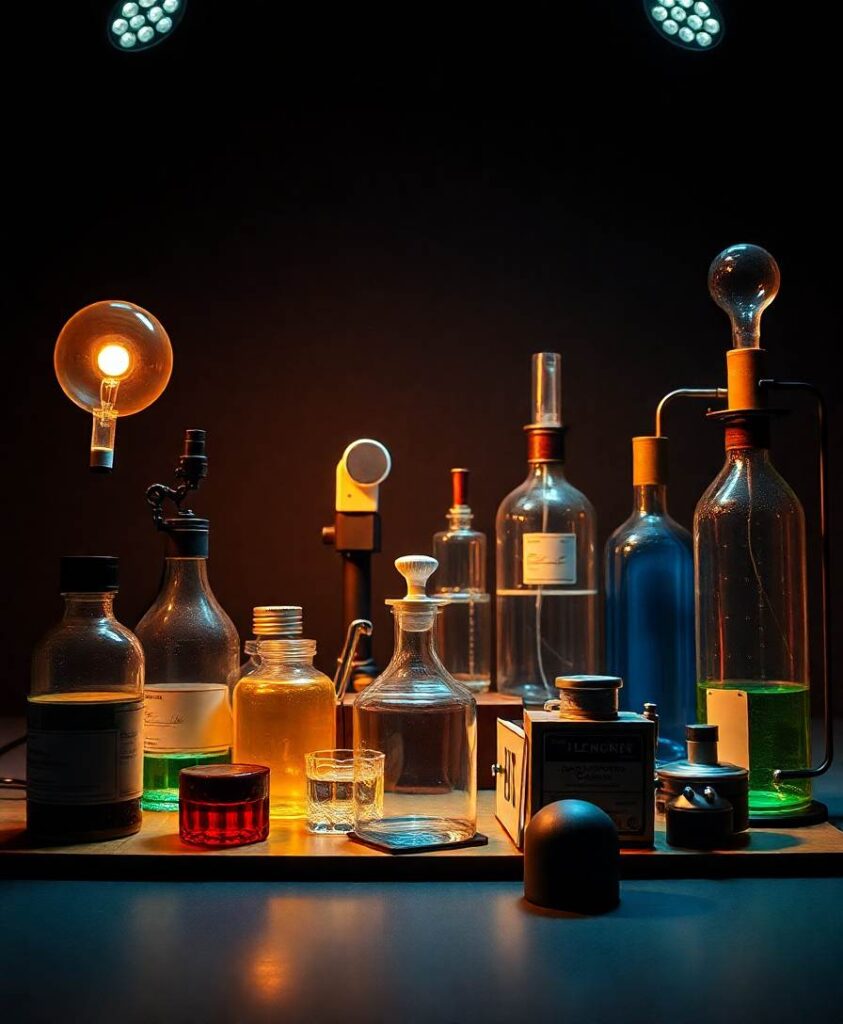Aging is an inevitable progressive decline in physiological organ function that increases the chance of disease and death. The renin–angiotensin system (RAS) is involved in the regulation of vasoconstriction, fluid homeostasis, cell growth, fibrosis, inflammation, and oxidative stress. In recent years, unprecedented advancement has been made in the RAS study, particularly with the observation that angiotensin II (Ang II), the central product of the RAS, plays a significant role in aging and chronic disease burden with aging. Binding to its receptors (Ang II type 1 receptor – AT1R in particular), Ang II acts as a mediator in the aging process by increasing free radical production and, consequently, mitochondrial dysfunction and telomere attrition. In this review, we examine the physiological function of the RAS and reactive oxygen species (ROS) sources in detail, highlighting how Ang II amplifies or drives mitochondrial dysfunction and telomere attrition underlying each hallmark of aging and contributes to the development of aging and age-linked diseases. Accordingly, the Ang II/AT1R pathway opens a new preventive and therapeutic direction for delaying aging and reducing the incidence of age-related diseases in the future.

